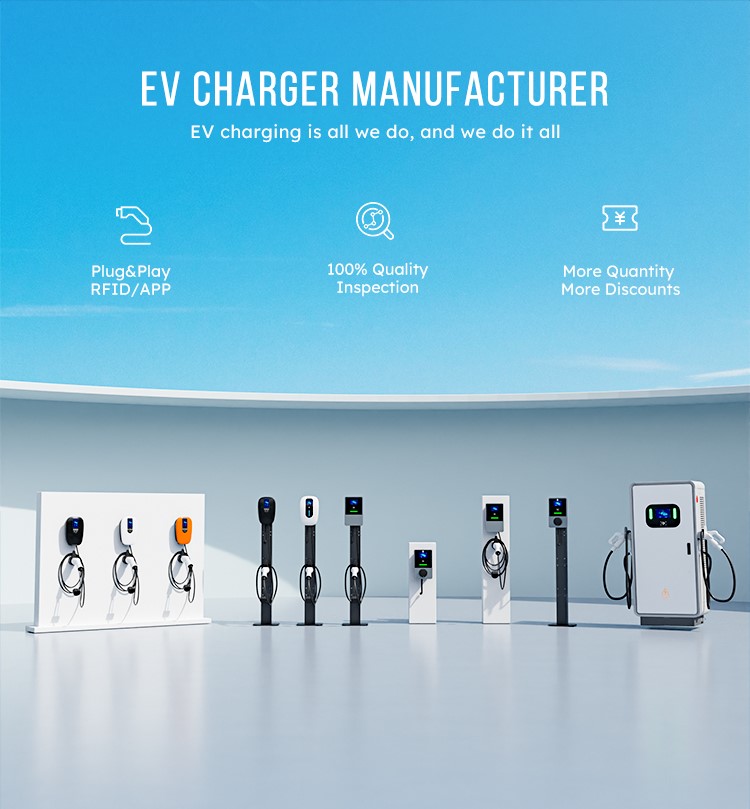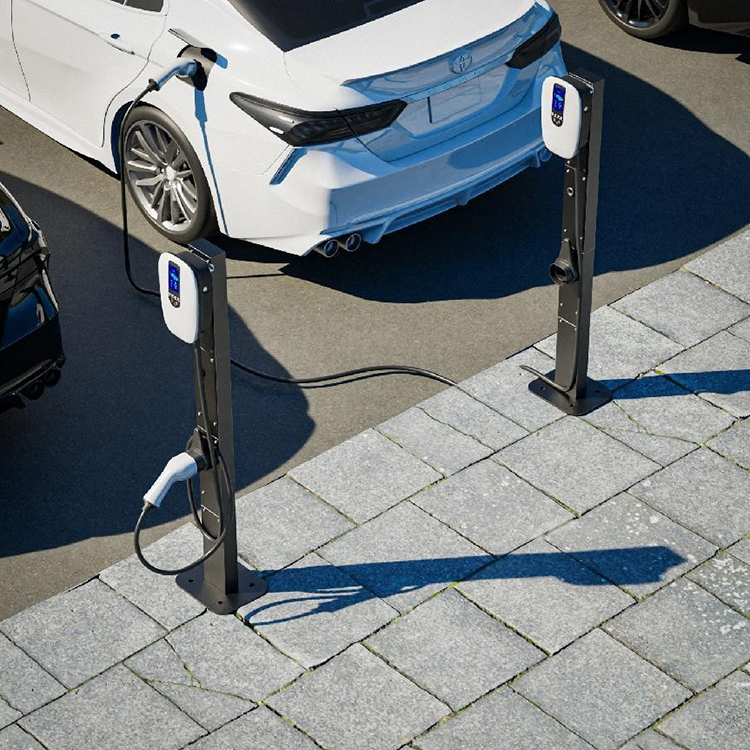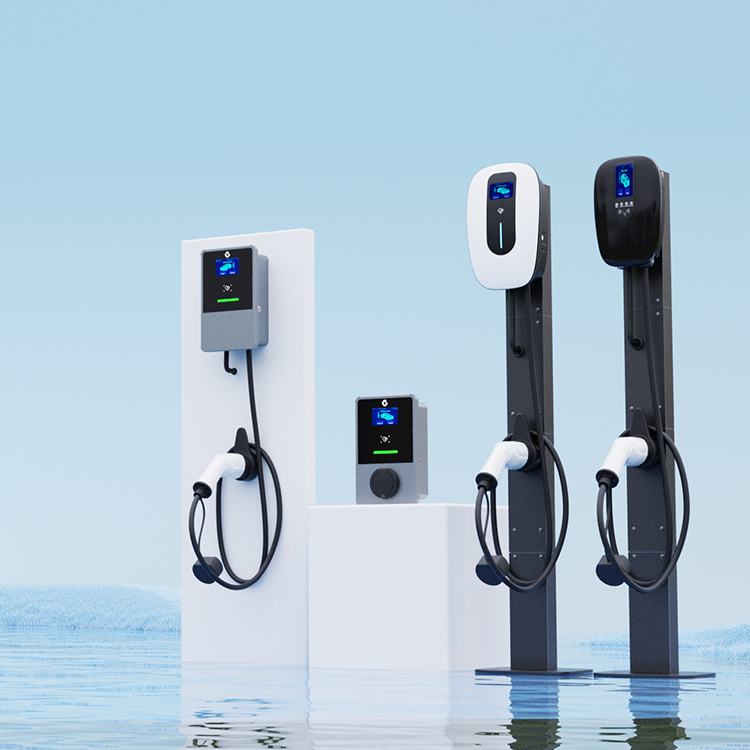The rise and development of electric vehicles provides a viable option for environmentally friendly transportation. As more and more car owners purchase electric vehicles, there is a growing need for charging infrastructure. However, charging station resources are limited, and the problem of users queuing up in front of charging piles has become an important bottleneck restricting the popularity of electric vehicles.
1. Supply and demand relationship of charging pile resources and queuing phenomenon
The supply and demand relationship of charging pile resources is one of the main reasons leading to the problem of overstaying. On the supply side, the construction and investment of charging piles is relatively slow, especially in urban areas, where the number of charging piles is far from being able to meet the growing number of electric vehicles.
2. Factors influencing users’ attitude toward overtime fees and willingness to pay
Financial ability:
The user’s financial ability is one of the important factors that determine whether they are willing to pay overtime space fees. Some people may feel that such a fee is not worth it and will choose to avoid overtime reservations as much as possible. Some users with better economic conditions may be more willing to pay overtime fees to get longer charging time.
Personal behavioral preferences:
Personal behavioral preferences also have a strong impact on user attitudes. Some users may be very conscious and willing to abide by charging station regulations and try to avoid occupying charging piles for too long to make full use of resources. But some users may be more selfish and unaware that their behavior is causing trouble to other users.
Social pressure and identity:
Society is increasingly paying attention to environmental protection, and more and more people are beginning to support the popularization of electric vehicles. In this case, users have created a kind of social pressure on the overtime space fee.
They hope that charging stations can better manage resources, reduce waste, and support fair use by paying overtime space fees.
Vehicle charging requirements:
The vehicle charging needs of individual users will also affect their attitude and willingness to pay for overtime space fees. Some users may charge quickly through a charger and move their vehicle out of the way to give others a chance.
Other users may need a long time to charge to meet their needs, and in this case they may be dissatisfied with the overtime space fee.
Responses and solutions to charging station overtime occupancy fee policy
[1] Improved fee setting and transparency
In order to reduce overtime occupancy behavior, charging stations can introduce an overtime occupancy fee policy. Specifically, according to the extension of charging time, the proportion of overtime space fees will be gradually increased.
In addition, the transparency of fees should be improved, and users should be clearly informed of the calculation methods and charging standards for overtime fees to ensure that users can clearly understand the fees.
[2] Introduction and implementation of supporting incentive measures
In addition to charging overtime occupancy fees, charging stations can also introduce incentives to encourage users to leave the charging pile in time. For example, set up a ladder with no or reduced fees for a short period of time to encourage users to complete charging as quickly as possible and free up pile spaces for other users.
In addition, a points reward mechanism can be set up to reward users with corresponding points based on their charging behavior, and increase user participation by redeeming points for gifts.
3] Application of real-time monitoring and management methods
In order to promptly discover and solve the problem of overtime occupancy, real-time monitoring and management methods should be used to monitor the occupancy of charging stations.
Internet of Things technology can be used to realize real-time monitoring of charging pile status, charging time and user information, and provide real-time alarms and management suggestions through data analysis and prediction algorithms to help charging station managers take timely measures to solve the problem of overtime occupation.
[4] The importance of educational publicity and user participation
Through education and publicity activities, we will popularize the impact of overtime occupancy of charging stations and the importance of solutions to users, and guide users to consciously abide by the regulations and management systems of charging stations. At the same time, users are encouraged to participate in the operation and management of charging stations, such as by collecting user feedback and suggestions to improve charging station service quality and management efficiency.
[5] The role of management supervision and policy support
Management plays an important role in the problem of overtime occupancy of charging stations. Supervision of charging stations should be strengthened, relevant policies and standards should be formulated, penalties for overtime occupancy should be clarified, and penalties for violations should be increased.
In addition, financial support can also be provided to promote the construction and upgrading of charging station facilities and increase the number and charging speed of charging piles to meet the growing demand for electric vehicles.
Through the comprehensive application of these measures, the problem of overtime occupation of charging stations can be effectively alleviated and the charging experience of electric vehicle users can be improved.
If want to know more about this, please feel free to contact us.
Tel: +86 19113245382 (whatsAPP, wechat)
Email: sale04@cngreenscience.com
Post time: Apr-17-2024







